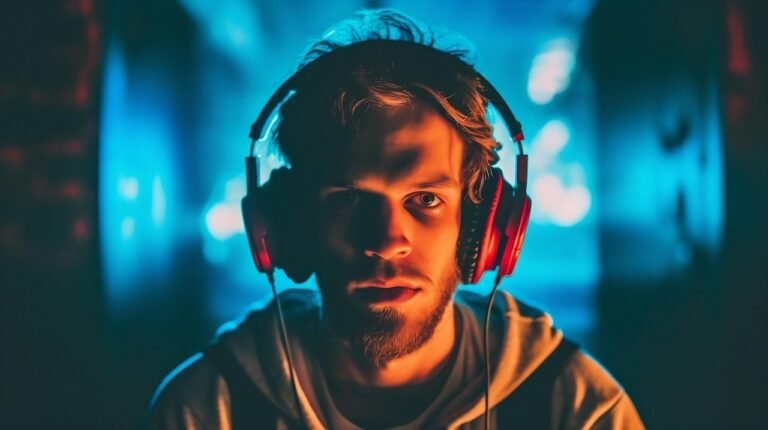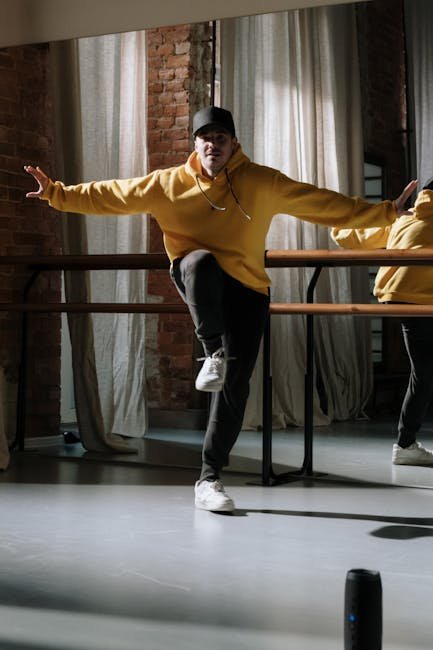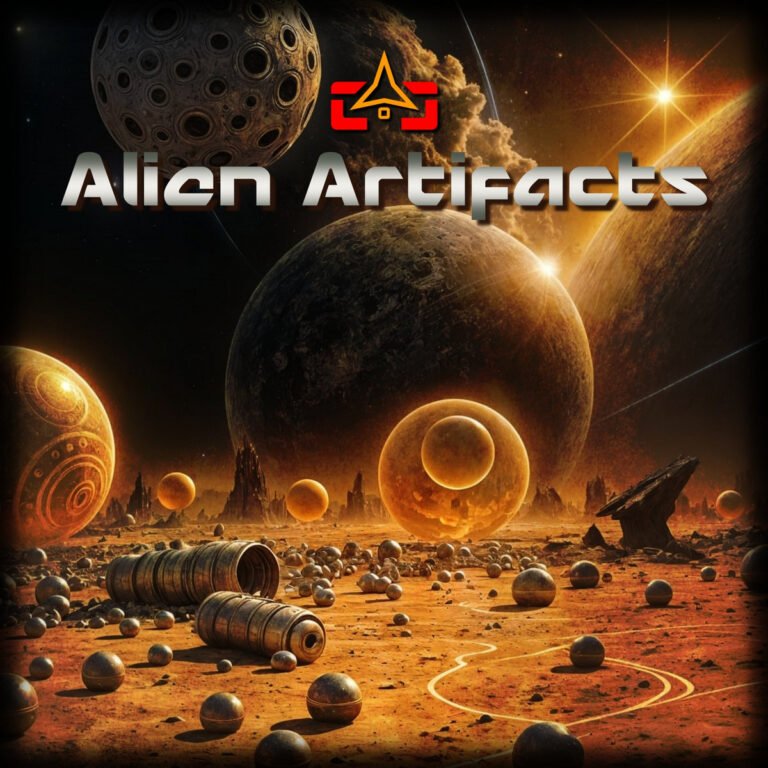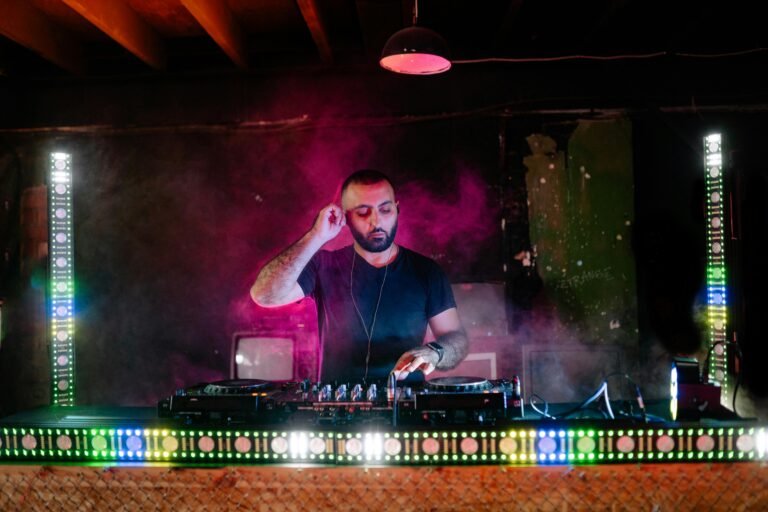Sampling in music is widely viewed as a creative process that respects, transforms, and celebrates the original work, while AI-generated music faces resistance due to issues of authorship, originality, and ethical boundaries. The underlying difference comes down to the role of the human artist sampling enhances artistic legacy and innovation; AI music challenges them in ways that provoke discomfort across the industry and among listeners.
The Creative License of Sampling
Sampling, the act of reusing a fragment of existing recordings in new compositions, has defined entire eras of music from hip-hop to electronic and pop. For producers and artists, sampling is a bridge between genres, styles, and eras, often serving as a mark of respect or a legitimate creative leap. When artists sample, they typically manipulate or recontextualize sounds pitch-shifting, chopping, looping, or layering them to produce something new that carries the soul of the source material and the distinct perspective of the sampler.
Historically, the practice of sampling has evolved with technology, shifting from tape loops in the 1940s to digital samplers in the 1980s. It became the backbone of hip-hop, allowing DJs and producers to create vibrant new soundscapes out of funk and soul records. Today, sampling continues to thrive, as record labels streamline licensing and artists actively seek permission or clear samples once their tracks gain momentum. This process, though sometimes complex and litigious, is built around negotiation, credit, and compensation establishing sampling as a collaborative and legitimate art form.
Sampling’s Acceptance: Creativity, Compensation, and Credit
Sampling is mostly accepted due to its creative engagement with existing works and its explicit legal and cultural recognition. Artists who sample usually aim to pay homage, introduce new audiences to the source, or creatively transform the material. Crucially, compensation and credit are integral, with record labels, licensing companies, and music publishers managing sample clearance and royalty distribution. The risk and reward have produced an ecosystem where artistic integrity and intellectual property are actively negotiated, and the sampled artist can benefit culturally and financially.
AI Music Creation: Disruption, Anxiety, and Lack of Authorship
AI-generated music, on the other hand, triggers anxieties about originality, artistry, and the future of human musicianship. Generative AI learns by ingesting massive catalogs of existing music, producing new tracks from algorithmic patterns based on human compositions but often without the explicit permission, emotional input, or unique viewpoint of a human creator. While AI can facilitate or assist musical processes, fully automated AI music often blurs the line between homage and plagiarism, replicating styles, melodies, and emotional nuances with little or no human touch.
Musicians, labels, and listeners express concern over several aspects:
- Lack of Human Authorship: AI-generated music may lack the personal perspective, intentionality, and emotional nuance intrinsic to human expression. Many find it “soulless” or “generic,” and some surveys reveal listeners would enjoy a song less if they learned it was composed entirely by AI.
- ..
- Unclear Attribution and Compensation: AI models are often trained on copyrighted works without artist consent or compensation, leading to major lawsuits and protests from musicians and record companies.
-
- Legal and Ethical Ambiguity: Recent court rulings reinforce the need for human authorship to claim copyright over creative works, rendering purely AI-generated art and music ineligible for copyright and open to unrestricted reuse creating further discomfort for musicians whose works might be ingested or emulated by AI.
-
- Over-Saturation and Devaluation: As AI can generate music in vast quantities instantly, critics argue it diminishes the craft and value of musical creation, threatening the perceived worth and mystique of individual artistry.
The Artistic Boundary: Why Is Sampling a Tool and AI a Threat?
While both sampling and AI music build on existing sounds, the acceptance of sampling hinges on clear boundaries human curation, transformation, and the honoring of authorship. Sampling, even where it involves legal drama, still foregrounds the artist’s input and creative risk. AI music, by contrast, often sidesteps these boundaries, producing tracks that can be indistinguishable from human originals but absent the human journey, legacy, and context.
As AI tools become more powerful, some argue they might follow the trajectory of technologies like autotune and MIDI packs: enter the creative toolbox but not supplant human expression. The future may see AI music live alongside sampling, but only with clear legal, philosophical, and cultural guidelines ensuring human input, compensation, and authentic artistry remain at the center of music creation.
Conclusion
Sampling is trusted because it is inseparable from the artist’s vision and the music’s historical journey. AI music remains controversial because it challenges these foundations, creating a rupture in how creativity, value, and compensation are defined in the age of algorithms. Until AI music can mirror the transparent negotiation and creative depth underpinning sampling, it is likely to face continued skepticism, regulation, and resistance from both music makers and listeners.








